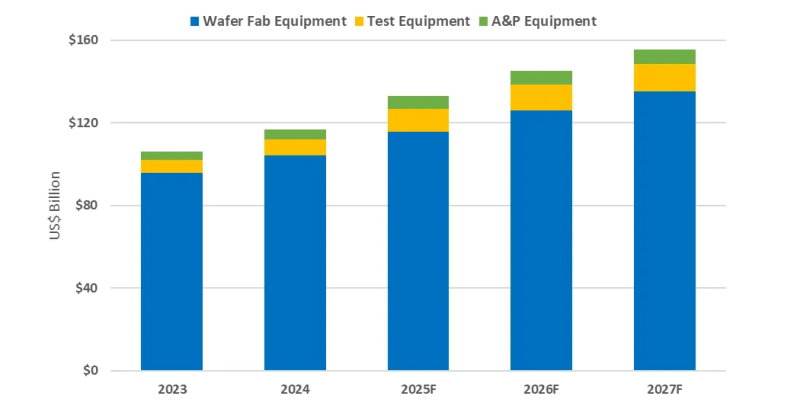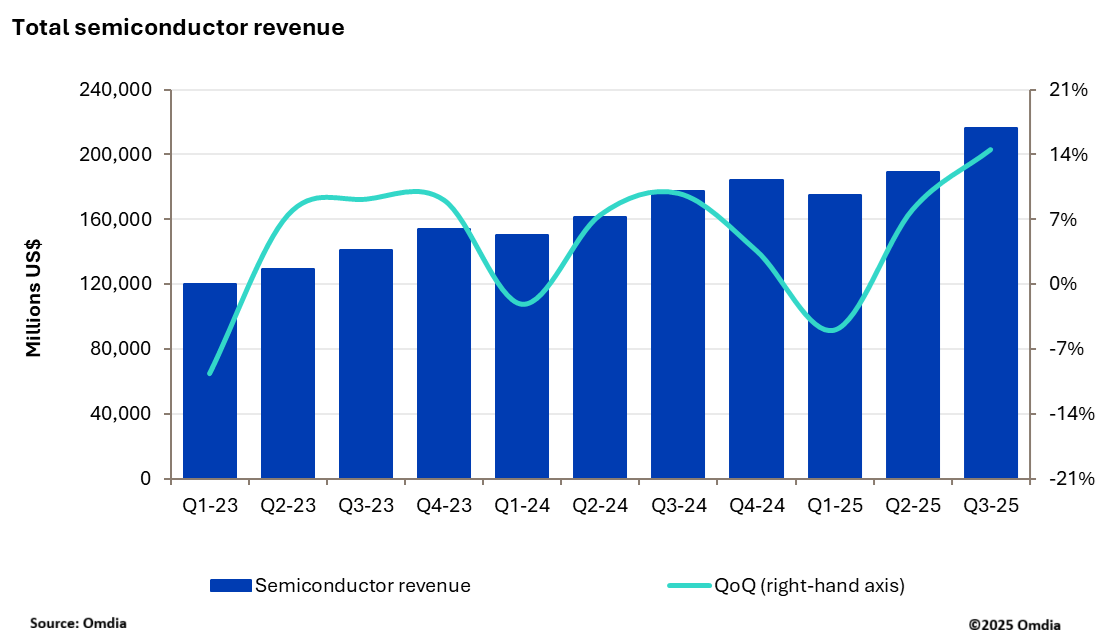12.8 million EVs were sold last year (including BEVs (Battery EVs, PHEVs (Plud-In Hybrid EVs) , and FCVs (Fuel Cell Vehicles), says TrendForce.
Regional market sales shares were expected to be 60% in China, 22% in Western Europe, 11% in the US, and 6% in other regions.
With China’s subsidies gradually phasing out, the increasing market penetration of NEVs in the country and growing demand for EVs overseas, Chinese EV manufacturers are looking to expand internationally, particularly in Southeast Asia, where they are projected to hold a 67.5% market share in 2023.
TrendForce forecasts that China will export about 4.8 million automobiles in 2023, with NEVs making up approximately 25% of these exports.
The rising export volumes are exercising have caught governments worldwide as they try to balance the protection of local companies , maintaining competitiveness, and managing consumer costs.
For example, the US imposes a 25% tariff on vehicle imports from China, states that EVs and their batteries be assembled in North America and says that critical minerals in the batteries must originate from countries that have signed free trade agreements with the US to qualify for subsidies totalling US$7,500. As such, the Chinese supply chain is excluded.
The EU has initiated an anti-subsidy investigation against Chinese-made EVs, and France’s new subsidy regime for EVs requires compliance with carbon emission standards during manufacturing, effectively excluding many EVs imported from China
Stay up to date with the latest in industry offers by subscribing us. Our newsletter is your key to receiving expert tips.

Worldwide semiconductor equipment sales are projected to grow 13.7 percent in 2025, reaching a record 133 billion dollars, Semi announced at Semicon Japan. This momentum is expected to continue throug

The smartphone industry is facing considerable cost challenges in 2026 amid ongoing memory supply shortages and rising prices. This situation is expected to lead to a 1.6% decrease in annual shipments

New research from Omdia shows that the semiconductor market delivered a record breaking performance in 3Q25 with industry revenue reaching $216.3bn, up 14.5% quarter-over-quarter (QoQ). This marks the